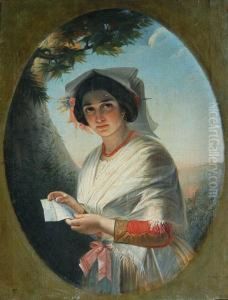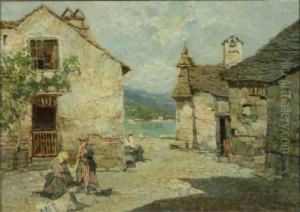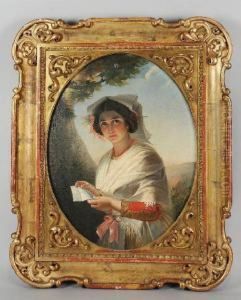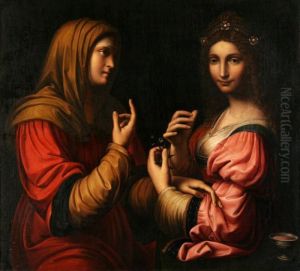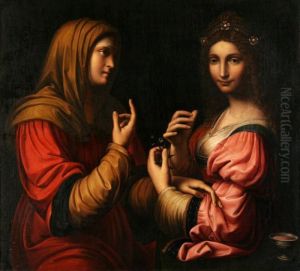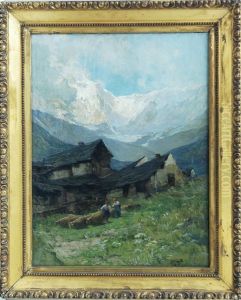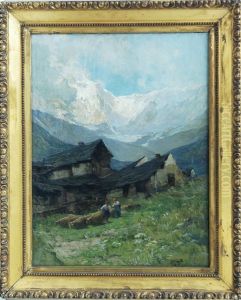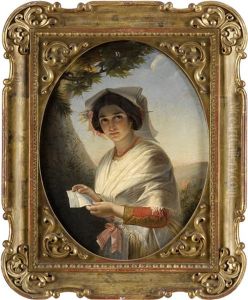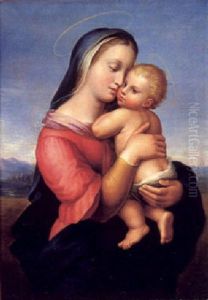Giuseppe Mazzolani Paintings
Giuseppe Mazzolani was an Italian artist, recognized for his contributions to 20th-century Italian art, particularly during the interwar period. Born on September 21, 1894, in Ferrara, Italy, Mazzolani grew up in a country rich with artistic heritage, which undoubtedly influenced his development as an artist. His early life coincided with a period of significant social and political changes in Italy, including the rise of Futurism and later, Fascism.
Mazzolani's artistic training began at the Academy of Fine Arts in Ferrara and continued in Bologna. He was deeply influenced by the cultural movements of his time, especially the metaphysical painting of Giorgio de Chirico and the Novecento Italiano movement, which sought to renew Italian art by returning to classical traditions amidst the avant-garde currents of the early 20th century. Mazzolani, however, did not confine himself to a single style; his work displayed a variety of influences and evolved over time.
During the 1920s and 1930s, he gained recognition for his work, participating in several Venice Biennales—a prestigious showcase for contemporary art. His art from this period often depicted serene, timeless landscapes and figures, characterized by a sense of order and harmony, reflecting the Novecento Italiano's aesthetic principles. As Italy moved towards World War II under Mussolini's regime, like many artists of the time, Mazzolani's career was affected by the political environment, which dictated cultural expressions and often demanded art to serve as propaganda.
After World War II, Mazzolani's style underwent a transformation, reflecting the post-war environment's complexities and the existential concerns that arose in Europe. While retaining his technical skill and classical compositional elements, his work became more introspective and sometimes somber.
Giuseppe Mazzolani continued to paint and exhibit his art throughout the post-war period. He remained active in the Italian art scene until his later years. His contributions were not only limited to his paintings, as he was also involved in teaching, passing on his knowledge and skills to a new generation of artists.
Mazzolani died in 1986, leaving behind a body of work that captures a significant period in Italian history. His paintings are part of several collections in Italy and abroad, serving as a testament to his artistic legacy and the cultural milieu from which he emerged.


